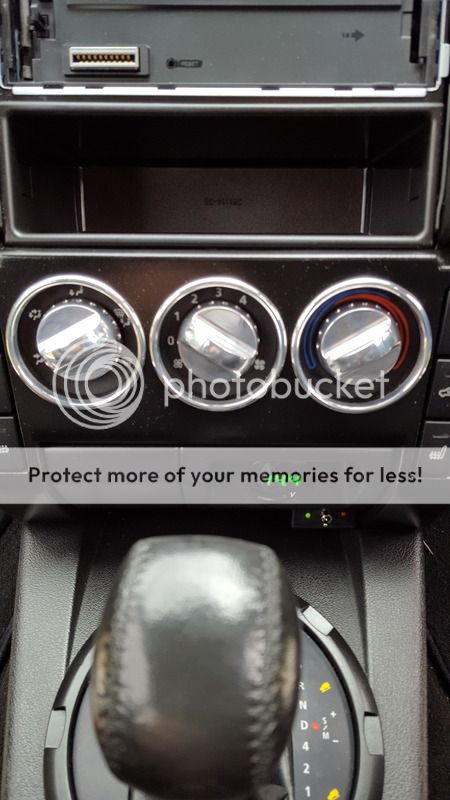The problem Joe is the factory plastic stuff is crap. It's restrictive with molding flash, tight bends and reinforcement ribs all over it. This simply isn't good for smooth air flow. Additionally being black plastic, it absorbs radiant heat from the engine and readily passes this heat into the inlet air. The air flowing through the piping then carries the heat into the the turbo.Hi Nodge mate - I presume (32Psi) you must mean 'Gauge' ref 'Absolute' yikes.
Also, I would question the cooling ability / or heating effect if you will - of intake temps. IF you use a lot of metal pipes then it is likely that the bay temps / airflow - would 'possibly' offer some unwanted HEATING effect to the pressurised air from the engine bay .. not good.
Actually covering the pipes with heat insulating material would - in theory - only try to rectify a totally user created issue that should never be there !!. (due to the metal pipework ABSORBING heat from the engine bay at low speeds whereas 'normal' pipework does not.)
If the pipework is all 'silicone' (actually a hybrid as very few (if any) places supply pure silicone hoses )- then I can see absolutely - utterly - no increase or decrease in performance over the standard 'automotive type' hose.- period ! - apart from it looking nicer and lasting longer (possibly but - highly debatable and unlikely !)) - the heat transfer one way or the other of 'non metallic' hoses is extremely limited and more influenced (by FAR) via the inter-cooler and the compressor limit PSI.
So, as the OP has found out - apart from looking pretty, the metal / hose combo is actually worse - a detriment to performance !- unless covered. - even then it is absolutely no better than the original. ! - no objective gain at all. !
I think the moral here is to stick with the factory fitment - or aftermarket WITHOUT any metal tubes. They only look 'cool' in piccies' and even then not too much.. also, they are under the bonnet (hood for foreigners) and no begger sees them anyway lol
It is all simple utter 'bling' as far as I am concerned.
And - offer absolutely no benefit at all. - Even the 'britpart' (Yikes !!) replacement hoses for boost are absolutely fine and ridiculously cheap.
To recap - apart from the 'bling' / 'chav' value there IS NO absolute benefit at all - indeed - negative issues. sorry but
Also, I can in no way see any way that the hose 'mods' pictured above can in ANY way be better than the factory spec hoses ? - just not possible - unless of course you are running HUGE boost increases, and even then - I would doubt that ANY difference would be measurable - let alone 'noticeable'
I think this is a case of 'it looks cool therefore it is better' - without ANY data to back it up.
Don't get me wrong- cool looks are great... I just shudder when someone quotes ANY noticeable benefit....... err nope - in most cases (>90%!)
Per quote "though it did prove to be a functional benefit to engine performance"
Sorry mate - but not a chance really - I just cannot see how ? - mind over matter -
Joe
So by using smooth walled tubing that doesn't absorb so much radiant heat, a benefit can be found.
I've measured the pre-turbo air trunking at over 60°C. This will heat the air before it gets to the turbo for pressurisation. The boost pressure on the TD4 is circa 32Psi which will make the already heated induction air temperature soar. This means that the intercooler has more work to do and as a byproduct, increases the engine bay temperature.
Heat is the inlet tract is a killer to torque (as you know


